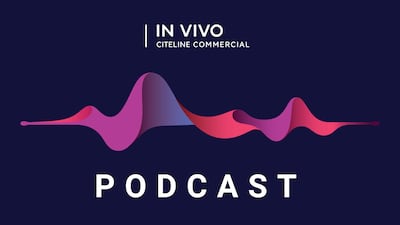The underlying rationale of immuno-oncology (IO) therapeutic approaches is to take the brakes off the immune system or boost its ability to detect and destroy tumor cells. The approval of first-generation checkpoint inhibitors, Merck & Co. Inc.'s Keytruda (pembrolizumab) and Bristol-Myers Squibb Co.’s Opdivo (nivolumab) in the second half of 2014, catalyzed a wave of deal-making, not only around other checkpoint inhibitors, but also for molecules and technologies that could offer synergistic benefits when used in combination with these drugs. These two checkpoint inhibitors alone generated a combined $12 billion in sales this year. This has translated into a patenting frenzy as players seek to stake their claim in this wide commercial landscape and has resulted in large pharma and biotech stumbling over each other to acquire or partner with companies developing IO assets.
Late-comers who were behind the curve in identifying novel drug candidates to augment their pipelines, are now paying top dollar,...



